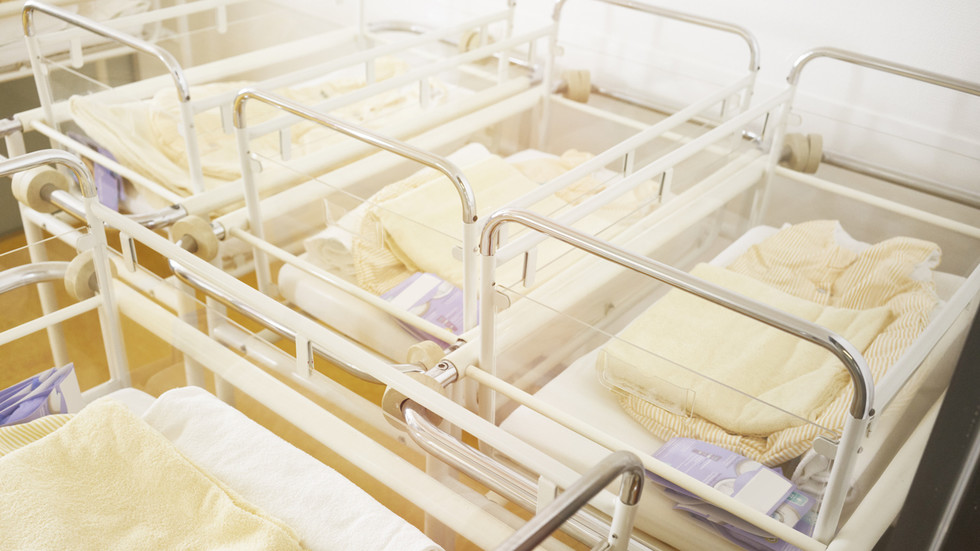Recent data from Eurostat reveals a concerning trend in birth rates within the European Union (EU), with the number of babies born fell to a historic low in 2023. Specifically, member states recorded approximately 3.67 million births, a significant drop of 5.5% from the previous year. This is the lowest number of births in the EU since comparable data collection began in 1961, and it represents the largest annual decrease on record. The decline has been persistent; birth rates have been on a downward trajectory since 2008, prompting demographic experts to analyze the factors contributing to this concerning trend across the EU’s 27 member states. Notably, southern European nations such as Italy and Spain, along with central and eastern European countries like Poland and the Baltic states, have witnessed some of the sharpest declines in births.
Experts suggest that several socio-economic and political factors could be influencing this decline in birth rates. Concerns stemming from international economic instability, rising inflation rates—the worst seen in a generation—climate change anxieties, and the lingering effects of the COVID-19 pandemic are all cited as potential deterrents for couples considering starting families. Indeed, the resultant apprehension around future uncertainties may lead couples to delay family planning, favoring financial stability and overall security. Moreover, shifting social values and priorities might also contribute to individuals choosing to focus on careers and personal aspirations over parenthood.
Interestingly, while birth rates continue to decline, the overall population of the EU has not experienced a parallel decrease, primarily due to immigration. Eurostat reports have indicated that, since 2021, the natural decline in population—characterized by more deaths than births—has been offset by a substantial influx of immigrants. This positive net migration has been bolstered by factors such as an increase in migration following the pandemic and the ongoing influx of Ukrainians seeking temporary protection status within EU nations amid conflict. These demographic changes result in a more complex understanding of population trends, highlighting immigration’s role in mitigating declining fertility rates.
The Total Fertility Rate (TFR) reflects this demographic contrast starkly, having dropped from 3.3 children per woman in 1960 to just 1.5 in 2022 across 38 OECD member countries, including 22 EU states. Each of these countries is currently experiencing fertility rates below the replacement level of 2.1 births per woman. The trend of declining fertility is highlighted across all EU regions, suggesting that the challenges of maintaining sustainable population levels are widespread and not limited to specific areas. As a result, long-term implications for economic growth, labor markets, and social services may become more pressing concerns for policymakers.
In light of these demographic shifts, European leaders are being urged to consider strategies that can promote higher birth rates while also managing the impact of immigration. With fewer young people entering the workforce, the EU could face labor shortages that affect economic growth and sustainability in the coming years. Consequently, targeted policies aimed at encouraging family growth—such as improved parental leave, affordable childcare options, and work-life balance initiatives—could foster an environment more conducive to raising children.
Overall, the concurrent trends of declining birth rates and increasing immigration highlight the complex dynamics at play in the EU’s demographic landscape. Without intervention, the continued decrease in births poses long-term challenges for the sustainability of the region’s population. The 2023 data serves as both a call to action and an opportunity for EU nations to address the underlying issues affecting family planning and embrace immigration’s role in shaping a resilient demographic future. As Europe navigates these substantial shifts, balancing the needs of its current citizens while welcoming newcomers remains an essential challenge for the future.

